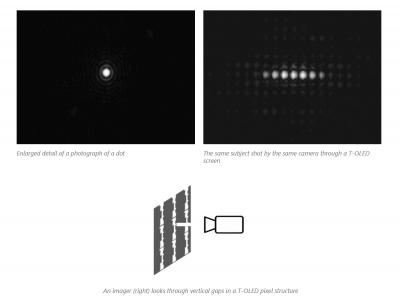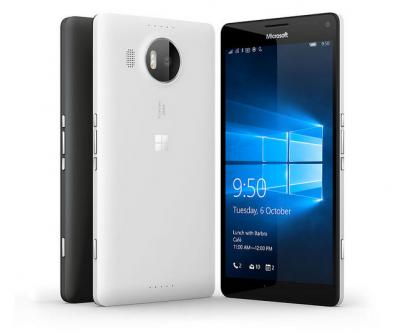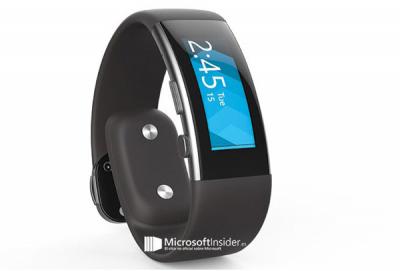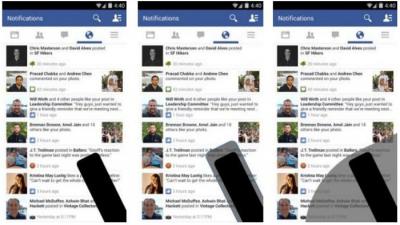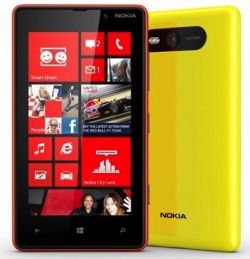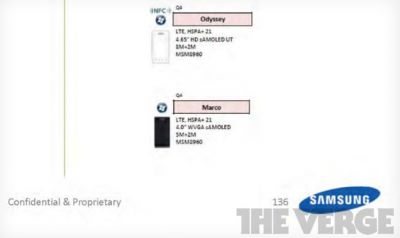LG becomes Microsoft Xbox Series X's official partner with its latest OLED TVs
LG Electronics signed an exclusive marketing partnership with Microsoft, and LG's OLED TV technology is now the official TV partner of Microsoft’s new Xbox Series X gaming console.
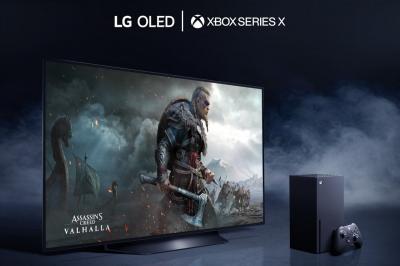
LG says that its latest OLED TVs are the best way to enjoy gaming on the Xbox Series X, with features such as 4K resolution, 120 fps, an ultra-fast 1ms response time, low input lag and support for the latest HDMI specifications including Variable Refresh Rate (VRR), Auto Low Latency Mode (ALLM) and enhanced return audio channel (eARC). LG's latest TVs also feature the HGiG HRD profile.
